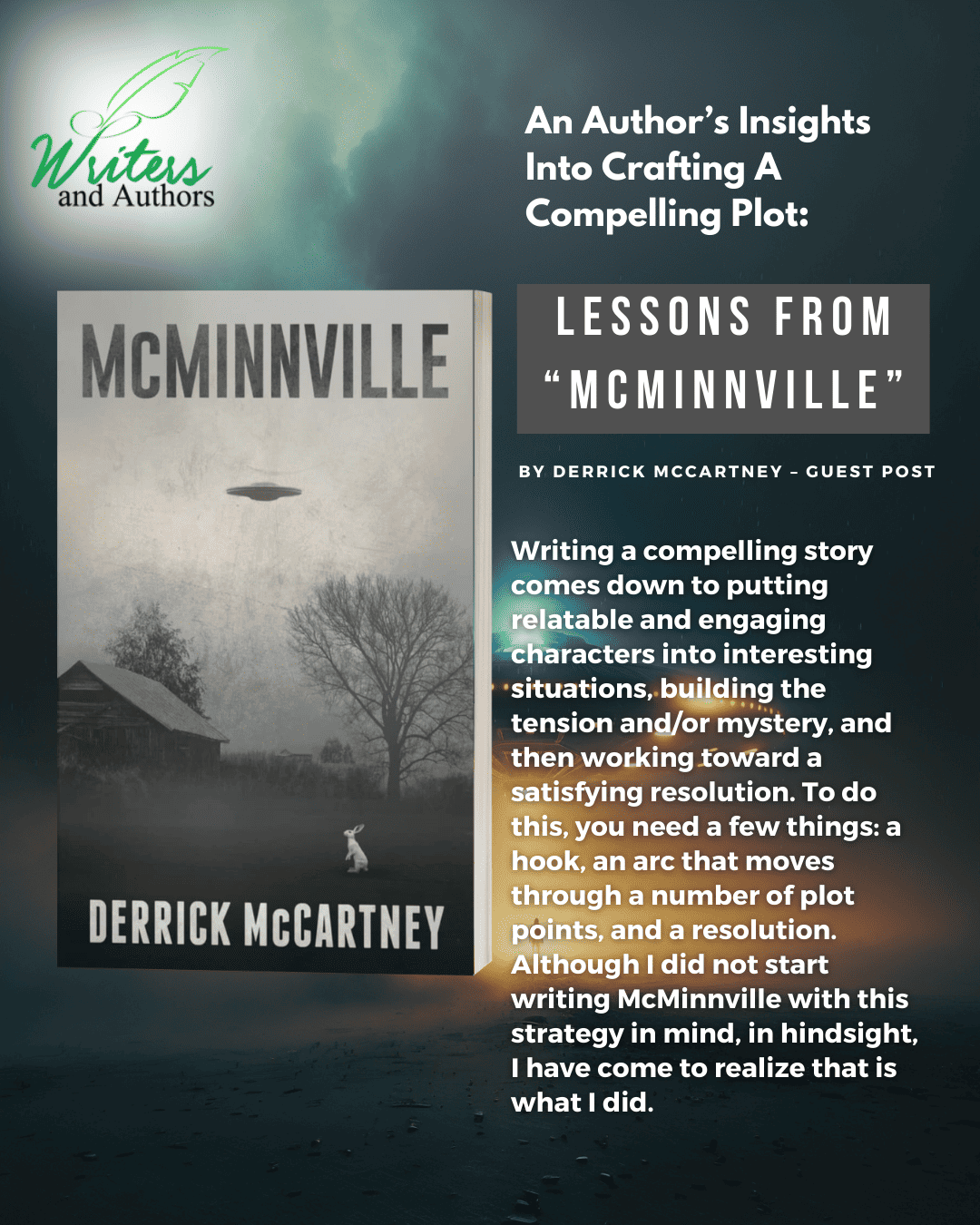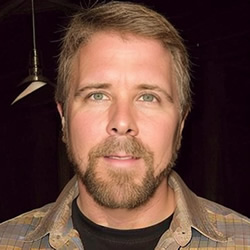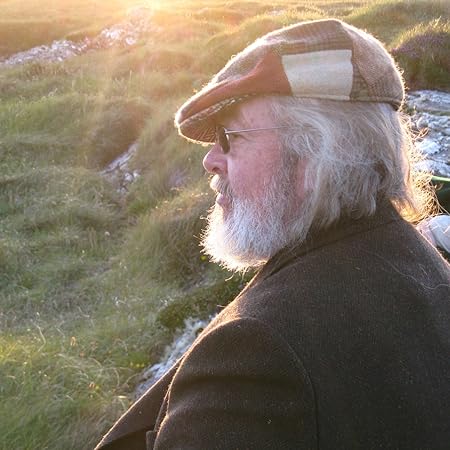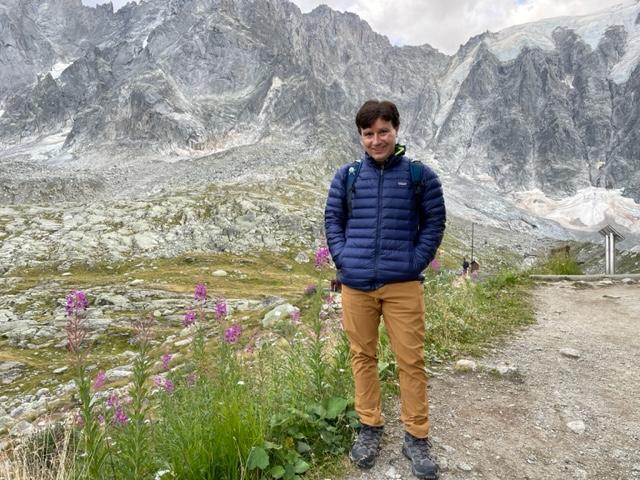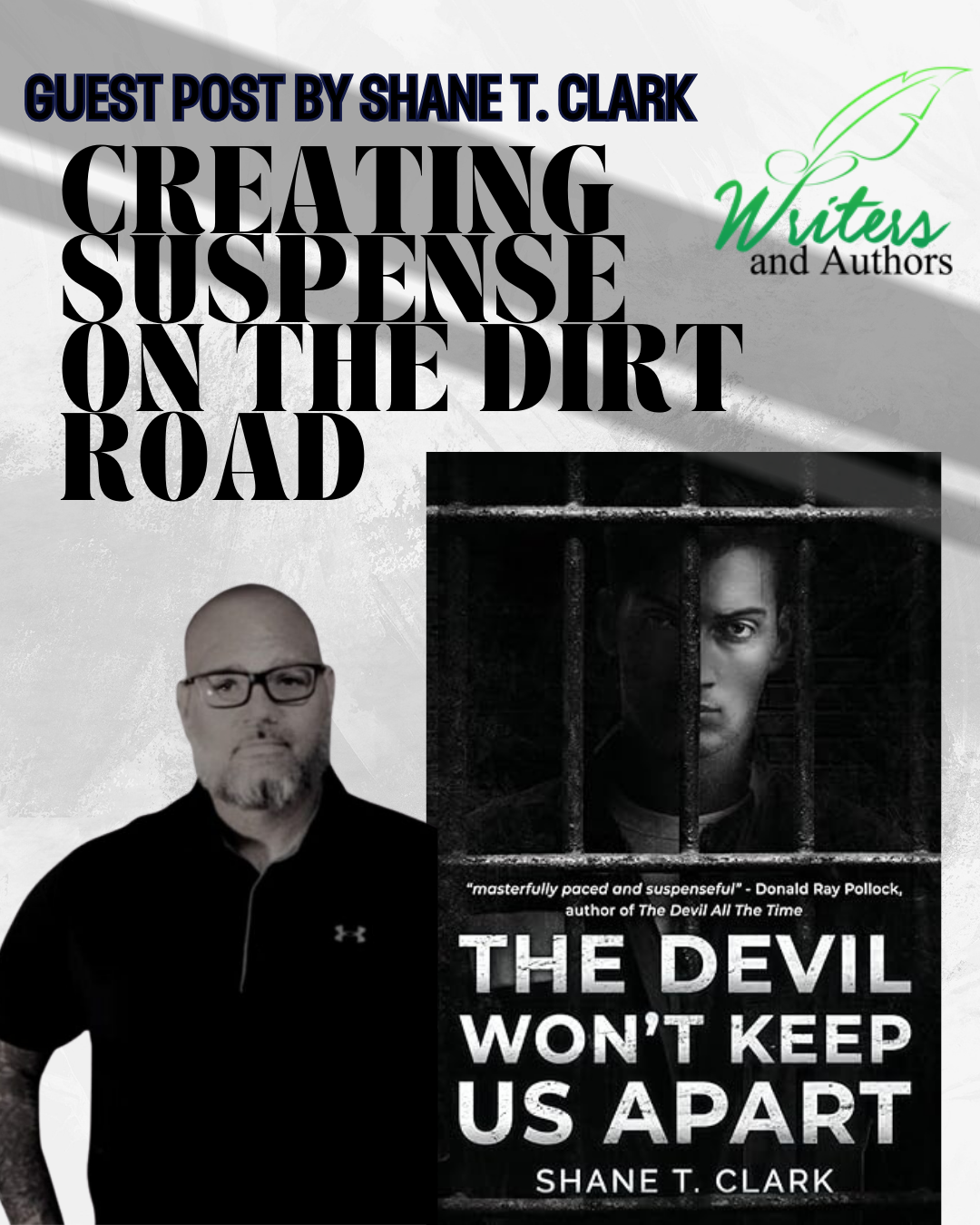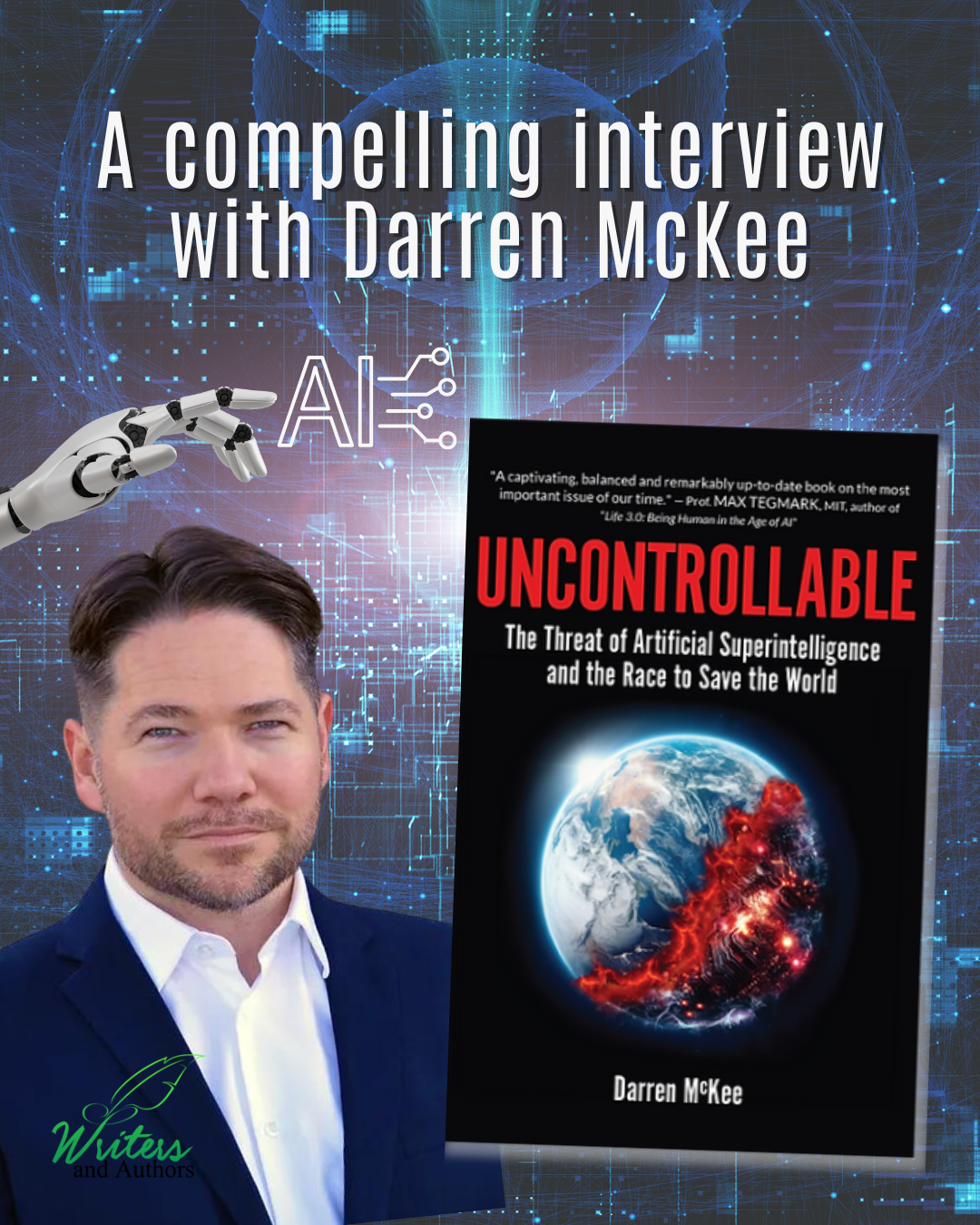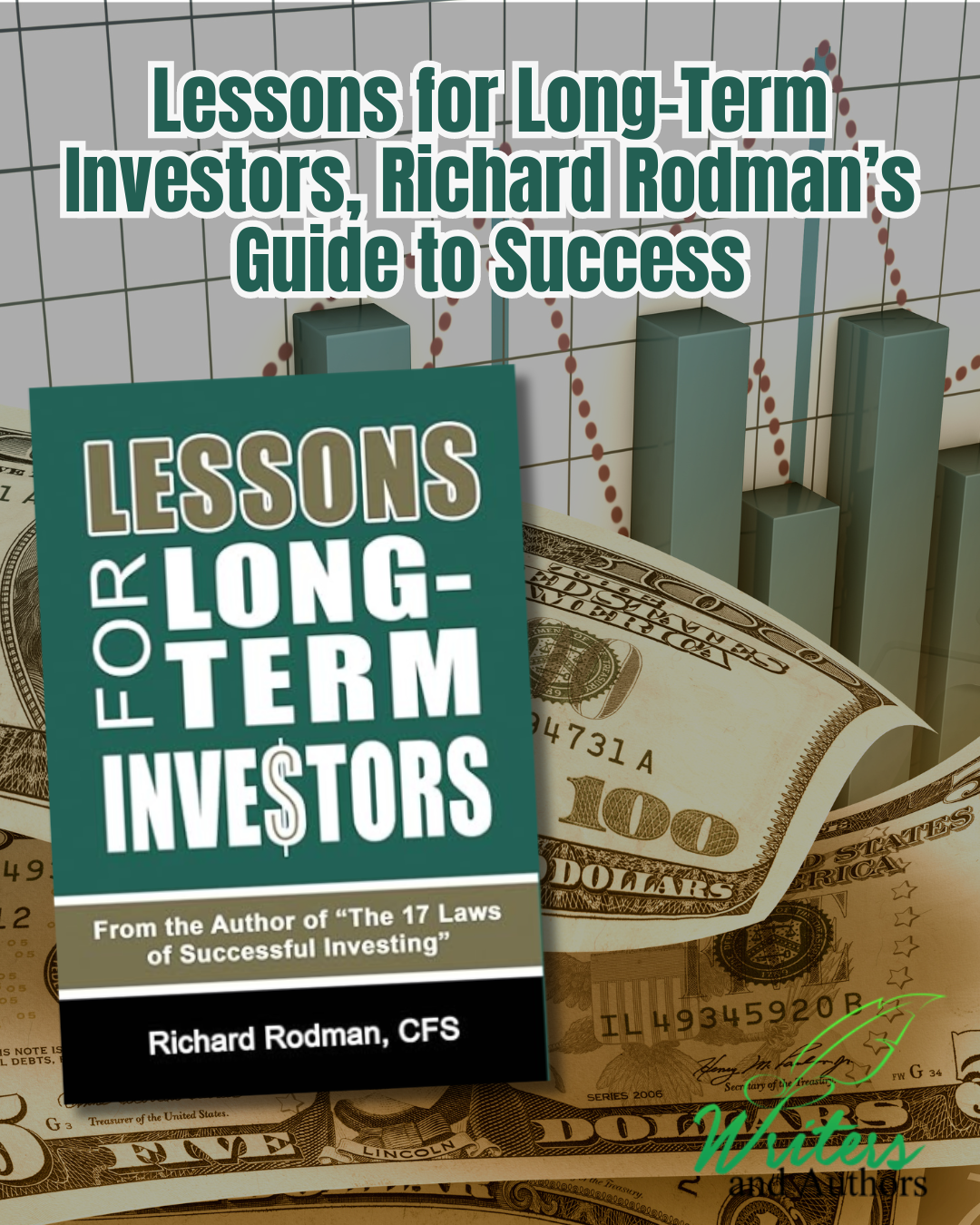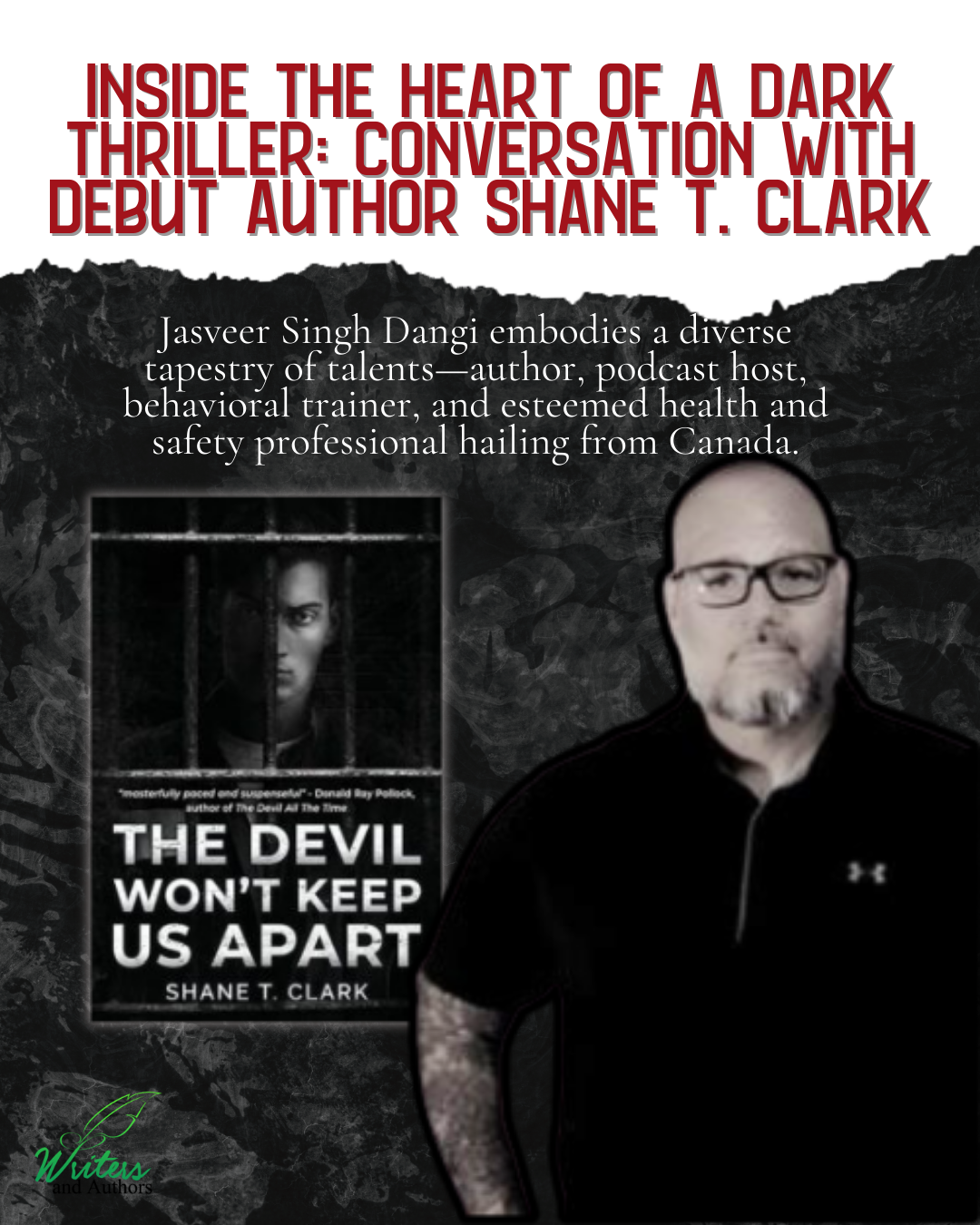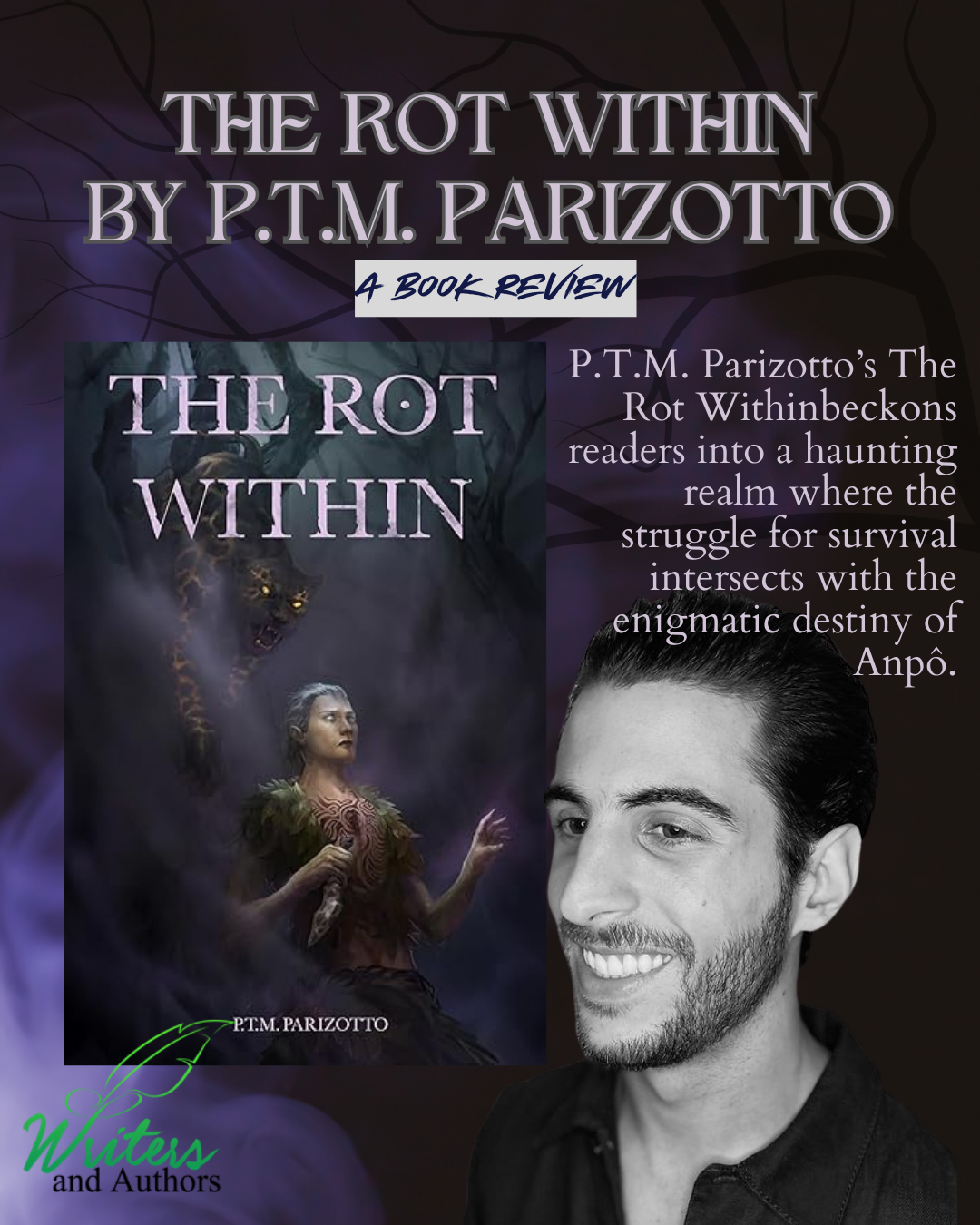An Author’s Insights into Crafting a Compelling Plot: Lessons from “McMinnville”
By Derrick McCartney – Guest Post
Writing a compelling story comes down to putting relatable and engaging characters into interesting situations, building the tension and/or mystery, and then working toward a satisfying resolution. To do this, you need a few things: a hook, an arc that moves through a number of plot points, and a resolution. Although I did not start writing McMinnville with this strategy in mind, in hindsight, I have come to realize that is what I did. As a pantser, or discovery writer who writes by the seat of his pants, I guess this movement through the novel was working at a subconscious level, without an outline. From my point of view, it was like I was a navigator, making my way from one plot point to the next while being mindful of pacing, character development, and unfolding the mystery step-by-step.
Two ideas came together to form the hook of the novel. Both of them came from the same place—the novel I would like to read, but cannot find. The first hook was a new approach to the well worn UFO trope. Most UFO novels, which occupy their own red headed little niche in the world of SCI FI, are tied to either aliens (usually invading), conspiracy, or abduction. They are more tied to the adventure and thriller genres. Seldom do they reference the history of record of UFOs and national security. Because novels need drama, they often center on a made up story around some individual or individuals that is tied to some grander design behind the scenes. I wanted to write a story that was firmly grounded in the existing narrative of UFOs, the one found in real case studies and declassified documents. Roswell is an interesting case, but at the end of the day, we do not really know what happened. Lots of eyewitness testimony, but little to no tangible proof. So, no crashed saucers and dead alien bodies in my novel. Instead, I focused on the phenomenon itself and what it says about reality and the human experience. Like a good monster movie, my protagonist slowly comes to learn that there is something out there in the mist, but what it is is beyond his comprehension.
The second hook was tied to the case study I wanted to build this novel around. The case study needed to have a good and complete backstory and some evidence (beyond eyewitness testimony) that it actually happened. The Trent case is centered around two rather clear daytime photographs of something that should not be flying in the Oregon sky in 1950. It is either a clever hoax or it is real and unidentified. I have always been fascinated by mysterious old photographs or film footage that captures a moment in time. It is something to build a cold case off of. In the novel, I go into detail about the role film has played in the history of UFO sightings. Like Nicholas Cage in the movie 8mm, the protagonist has to delve deeply into his detective bag of tricks to discern whether the pictures are what they seem to be. If they are real, the consequences are profound for humanity and our role in the universe.
Once the reader is hooked on the overall theme of the book, I needed to do a few things. First, I needed to make sure that my characters were relatable and engaging. Ray Baker is based on a bit of my personality mixed in with a couple of NYC detectives I know and a dash of Jimmy Stewart’s congeniality for good measure. He is a hail fellow well met. He has a homespun wisdom based on decades of doing his job very well and a general regard for his fellow man. I spent a lot of time on crafting the personalities of the side characters, most of whom either look up to the protagonist as a mentor or are responsive to his investigation. Then there is Kayla Park, Ray Baker’s new neighbor. I was careful not to turn this into an age gap romance, although their friendship provides the spark and energy to propel the reader through the last couple of chapters and set the stage for the two final novels of the trilogy.
Second, I wanted to give the reader a sense of epic scope. I did this through pacing and geography. The novel is divided into three parts, the first of which takes place in 1950 and the other two in 2011-12. That is a sixty year gap. I took care in Part I of painting a picture of America in the mid-twentieth century in terms of its values and culture. To the astute reader, they will notice the dialogue that uses words and phrases from the period, as well as references to the news of specific days, such as the gubernatorial race in California or the growing tensions in Northeast Asia. I used a transition chapter, written in a stream of consciousness that covered changes in America over a span of sixty years, to bring the reader up to the current time. Geography was another way I tried to make the reader feel the breadth and expanse of the novel; to give it a bigger feel. The protagonist traverses the country by train as part of an end of life bucket tour. In between conversations he has with interesting seatmates on the train, he is able to think back over his life. There are several dream sequences that tell the pivotal moments in Ray Baker’s life. By the time he travels the country and back, the reader knows this character very well. Hopefully, they care about him and want to follow him to the end. His inner monologue contributes to this intimacy as the reader is able to experience along with him the twin revelations he has about the phenomenon and falling in love, two things he thought were inconceivable.
Finally, it is important to have plot points of no return where the protagonist is pushed in an unforeseen direction. When I realized that this novel had no satisfying ending, just a lot of questions, I decided to send Ray Baker down the rabbit hole. His investigation brings him into contact with the phenomenon that begins to mess with him. It knows he is dying and gives him insights into the great reveal. At this point he begins to spiral and the reader is brought along as he struggles to extricate himself from the phenomenon while trying to figure out his end of life plan. For him, this is the point of no return. But since this is a trilogy, there needed to be an escape hatch. Writing my way out of the rabbit hole was one of the more enjoyable and compelling parts of the book.
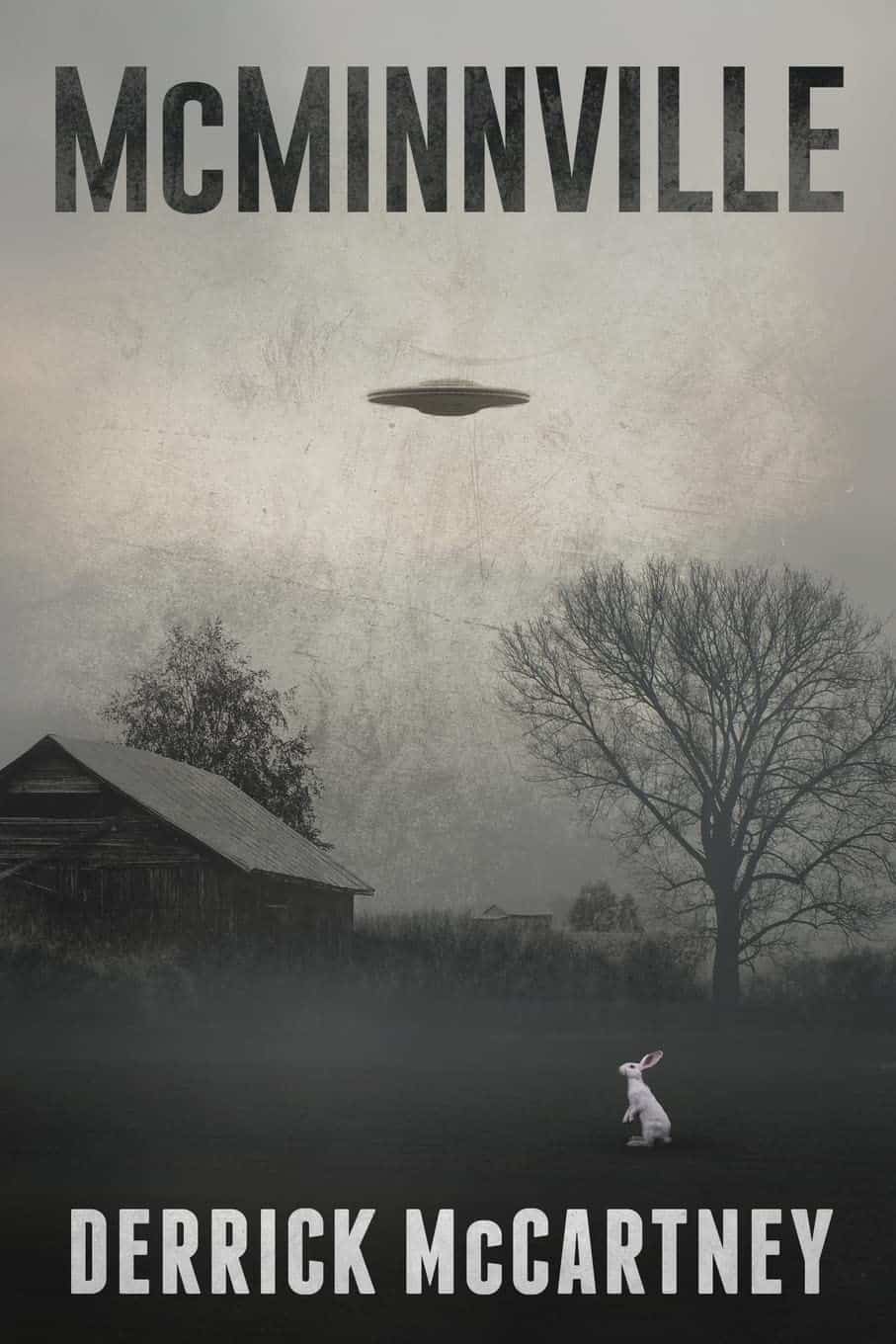
McMinnville
Two photographs taken on a spring evening in 1950 that seem to show the impossible-we are not alone. A thirteen-year-old girl disappears the same evening, but returns thirty years later without aging a day. A dying detective on the hunt for the answers to one mystery falls afoul of a more profound mystery that calls into question all of human history and the science on which the universe is based. McMinnville is the story of one man’s coming to terms with his mortality and the inconceivable, while falling in love for a second time, something he thought was impossible.
Ray Baker is a retired NYPD detective, dying of cancer and dealing with the crushing loneliness after the death of his wife. He wants to make the last few months of his life count by traveling cross country to the places where he grew up. Along the way, he stumbles upon a cold case that took place on May 11, 1950, a few hundred yards from his childhood farm outside of McMinnville, Oregon. At a little past seven in the evening on that day, Evelyn Forsyth was feeding her rabbits when she looked up to see a craft floating soundlessly toward her. She called for her husband, Glenn, to come with his camera. Over a span of a few seconds, he took two photographs before the craft tipped up on edge and sped away. That was the story that appeared in the Telephone Register, McMinnville’s local paper under the heading “At Long Last-Authentic Photographs Of Flying Saucer[?]” A month later, the photographs were featured in the June edition of Life Magazine. Were they real or a clever hoax? Ray takes it upon himself to answer this question, applying his considerable detective skills. But in doing so, he steps through the looking glass into a world that makes him question everything. If that was not enough, he also discovers that there is a clock and it is ticking down.
McMinnville is the first book in a trilogy that follows Ray Baker’s pursuit of life, love, and the truth, which is most definitely out there.
Derrick McCartney was born in El Paso, Texas and grew up in Tennessee before moving to the Washington, DC area. Despite a degree in Soviet and East European studies, he made a name for himself as an expert on North Korea. After a stint in the US Government, he has spent most of his career in defense think tanks. He has published several books and articles on international security affairs under his real name. This is his first work of fiction. Visit Derrick’s website https://derrickmccartney.com
Amazon https://amzn.to/44Nmeu9
Barnes and Noble – https://www.barnesandnoble.com/w/mcminnville-derrick-mccartney/1141405965?ean=9798985975970
Follow Derrick and McMinnville on Social Media
Facebook https://www.facebook.com/authorderrickmccartney/
Twitter https://twitter.com/mccartneybooks
Pinterest https://www.pinterest.com/derrickmccartneybooks/

